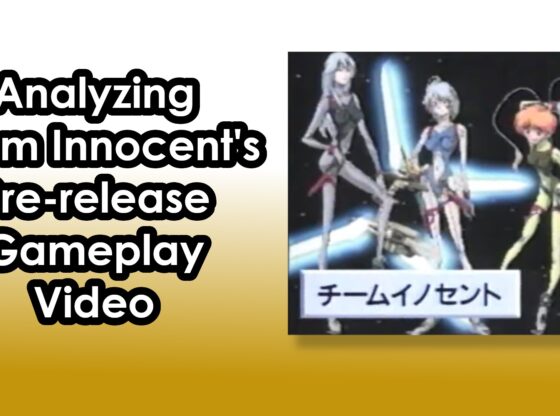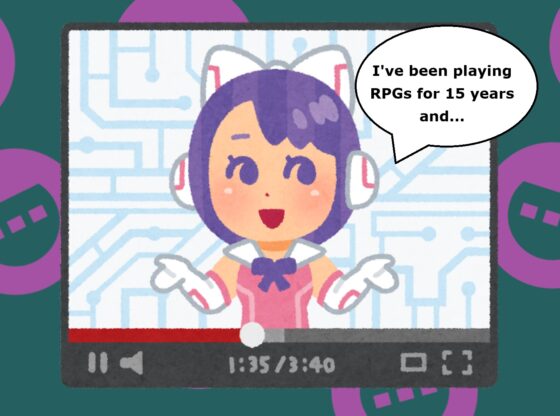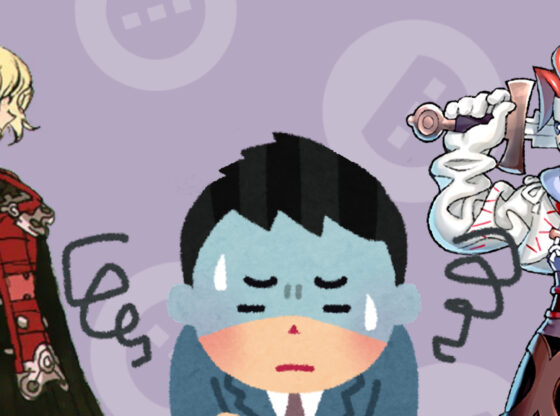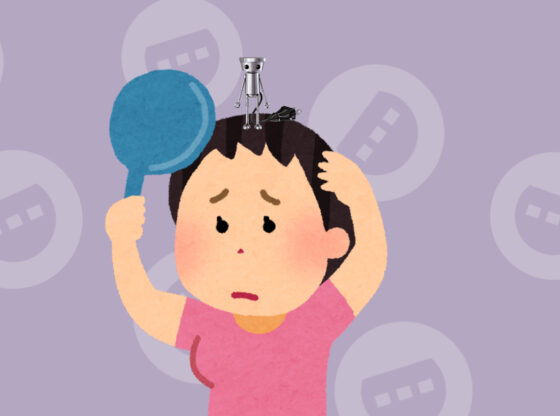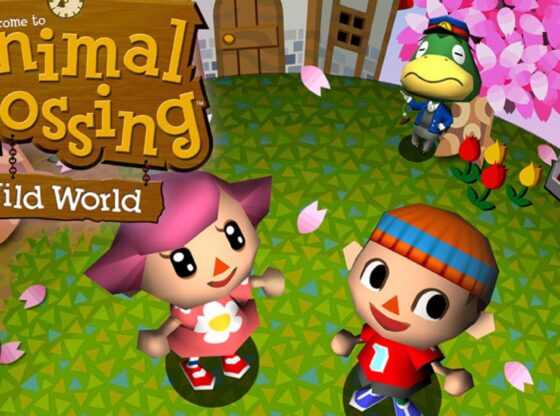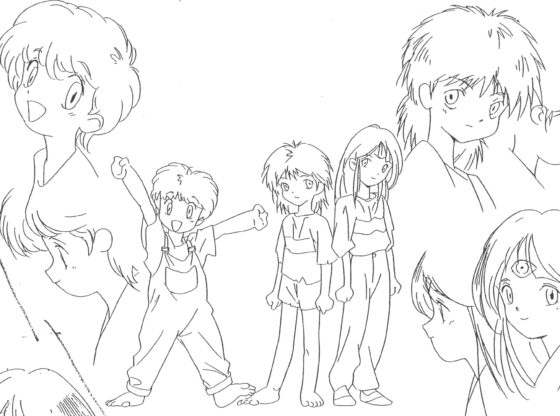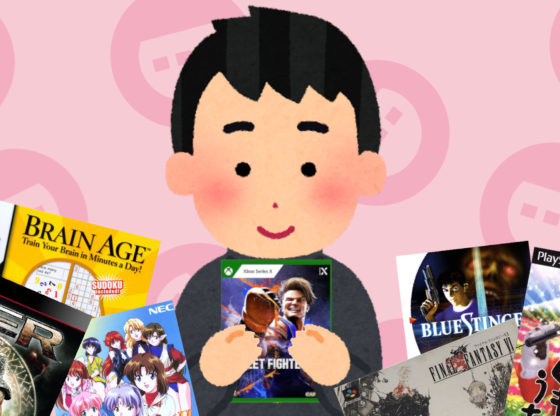I’m not really sure what I expected coming into Drakengard 3. I’ve never played a main entry in the Drakengard series, but I fell in love with the spin-off title NIER. While NIER was far from a AAA polished experience, what made it stand out was how unique it was.
NIER had standard hack and slash gameplay, but the title constantly experimented by mixing in elements from other genres. Some of the most striking examples were the bullet hell-style boss battles and the text adventure sequences. The story had an amazing localization that perfectly portrayed loveable characters with playful and often foul-mouthed dialog despite being in the middle of devastatingly depressing world.
Part of me wanted Drakengard 3 to recapture what NIER was. However, Drakengard 3 is not NIER. So you can throw out most of those expectations.
Drakengard 3 focuses almost entirely on hack and slash gameplay. Each level is mission based and incredibly linear with narrow corridors and small rooms usually filled with waves of enemies.
Most of the foes you encounter do little beyond occasionally attacking, so they essentially just act as fodder. The difficulty slowly climbs, but rarely are there that many challenging situations. Stronger enemies and mini-bosses shift the focus to evasion, but theses foes are relentlessly recycled. It’s a repetitive structure that is thankfully still somewhat enjoyable because of the game’s variety of weapons.
Early on the player has a limited arsenal of weapons and basic movesets, which makes the game seem frustratingly simple. However, over a couple of hours the player’s options are expanded. There are four weapon types; swords, knuckles, spears and discs with each weapon having three different varieties with small, medium and large sizes.
A large number of these weapons have different movesets which can be expanded through upgrading them using gold and materials. The player has the ability to carry one of each type of weapon with them, so they can swap between them mid-combat. Death is rarely an issue outside of carelessness, so it’s just a matter of choosing which tool is most efficient for slaying enemies.
Certain instances and boss fights have the player mounting a dragon that can breathe fire, fly around and butt stomp to the ground. Piloting the dragon has its moments, but most of the time you feel like you’re stumbling around an arena with awkward controls and camera angles. What should be an empowering experience always feels like a liability. The on rails shooting sections with the dragon fair much better and are a nice distraction from slicing up countless foes.
The overall gameplay experience just feels woefully average. There’s no attempt to add any interesting mechanics and the game doesn’t play well enough to be impressive for its action alone. Technically the game is a disaster with consistent frame rate issues that sometimes grind the game to a halt.
Visually, it seems the least amount of effort needed was put into the graphics, although character models used in the cutscenes are impressive when stacked up against the rest of the game.
The actual game elements of Drakengard 3 just feels like a shell the developers used to hold the story and characters.
The main story presented from the start is a bit underwhelming. I could bore you with the full details, but the core information you need to know is that you play as Zero who is trying to kill her sisters. These sisters are worshiped as living gods and each has a disciple that can help them summon an angel for combat. When Zero kills one of her sisters, she takes their disciple.
This initial story takes up the entirety of the first play through, but rarely goes much deeper than its premise.
What makes Drakengard 3’s story interesting is what happens after the first set of credits. The story continues through multiple timelines that show alternative adventures that Zero takes. A large portion of these additional storylines focuses on what I assume to be the overarching story of the Drakengard series. This plot involves the recording of multiple timelines and branches in reality.
The story does eventually loop around back to the main plot, but not until much later. Without playing the rest of the main series, you can sort of enjoy this taste of a larger tale. Still, it feels like you’re missing out on the bigger picture.
The final branch of the story contains most of the key plot points to wrap up Drakengard 3. Despite this, it feels like the game tries really hard to keep you away from this branch. You’ll traverse the same repetitive landscapes multiple times across all the story branches. The final branch in particular requires the player to collect all the weapons in the game to access it, which needs some grinding for gold.
Finally, the last boss, while an interesting and cool surprise, is completely unforgiving. Only those who are lucky or just devote hours of time and energy into the fight will likely get past it. After 4 hours of attempts, I gave up and just went ahead and looked up the ending online like a true casual.
As interesting as the story becomes over time, it isn’t the real draw of Drakengard 3. Instead, the characters play a much bigger roll.
The game doesn’t gloss over the fact that you are mass murdering soldiers. Zero is essentially a psychopath, who seems to enjoy slicing everyone into pieces. Her dialog is mostly verbally abusing her dragon and disciples, or complaining about how annoying a situation is.
The disciples that follow Zero are just as crazy. Dito is witty but as blood hungry as Zero is, Decadus is calm and priest-like but a masochist who moans at any thought of physical pain, Octa is wise but a sex freak and Cent is a lying asshole. All of this is rounded off by Zero’s dragon Mikhail, who is charmingly childish and often clueless about the current situations and conversations.
As you mindlessly slay through the enemies of Drakengard 3, your chatty party will talk almost non-stop. There’s sex talk, threats, bullying and a lot of arguments, but these conversations are the highlight of the game.
Everyone’s perverted and obsessive attributes are what make them so likeable, even if they’re a bit two-dimensional. Each disciple added to your party adds a new personality to the conversations.
Even with the relatively simple main plot, these characters bend and defy the player’s expectations of how they interact with each other and the world. The game is constantly crushing tropes and redirecting the storytelling because of it. What is mostly an average game and difficult to trudge through becomes quite enjoyable thanks to these characters.
Drakengard 3 is a game of banter. Almost everything exists for the purpose of highlighting the characters and delivering dialog to the player. The gameplay simply acts as a sufficient distraction as you listen to these conversations.
It’s a couple steps shy of being a bad game, but its focus on characters is enough to make it a unique experience that’s hard to regret playing. Well, minus having thrown your PlayStation 3 out the window due to the final boss.
Score: 6.0
out of 10
Pros:
- Solid combat
- Wide variety of weapons with different weights and movesets.
- Bizarre and entertaining characters and dialog
Cons:
- Repetitive gameplay
- Poor visuals and consistent technical issues
- Weak story without greater context of the series







